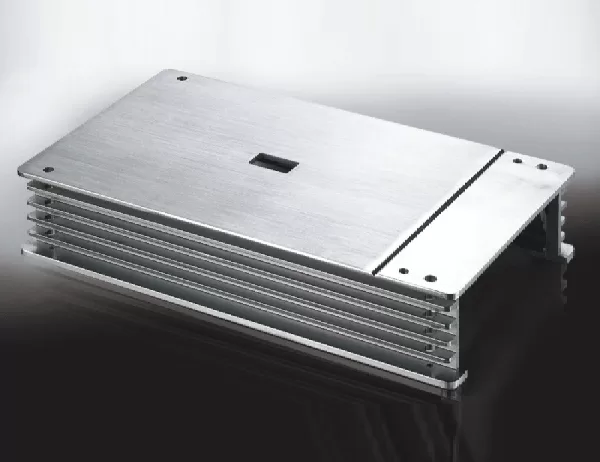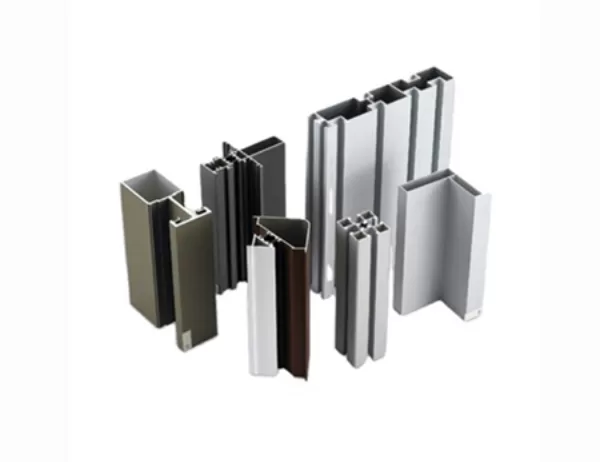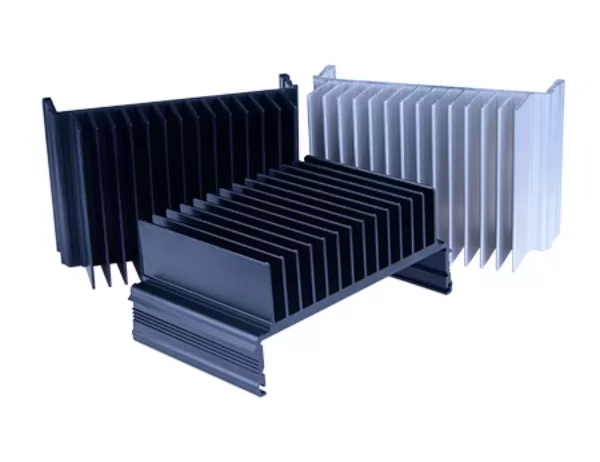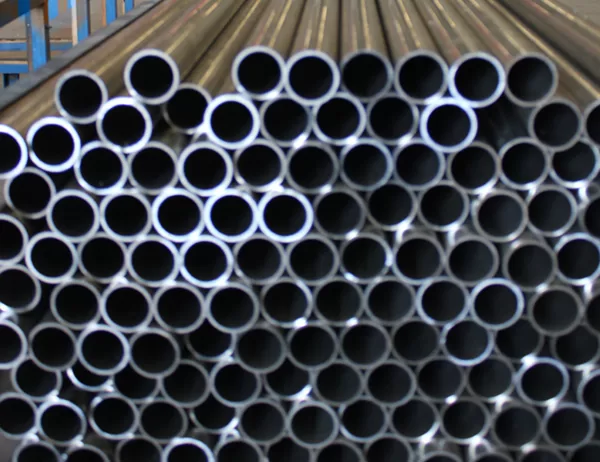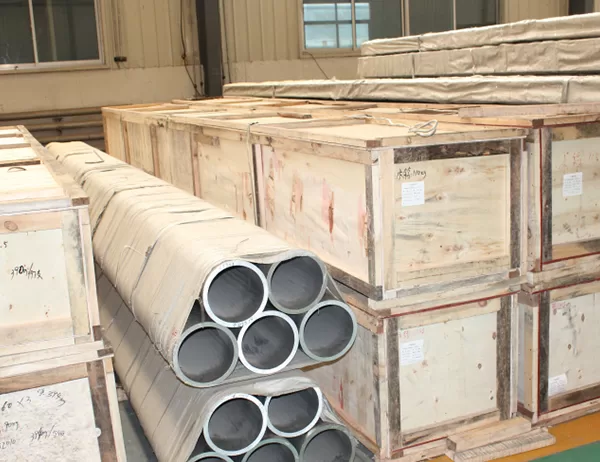Aluminum alloy tubing has emerged as a revolutionary material for constructing aesthetically pleasing structures due to its exceptional strength-to-weight ratio, corrosion resistance, and malleability. This article delves into the nuances of Designing Aesthetic Structures with Aluminum Alloy Tubing, highlighting its multifaceted applications and innovative techniques.
Aluminum alloys, composed of aluminum and other alloying elements, offer a unique set of properties desirable for aesthetic structures. Their high strength-to-weight ratio enables the creation of lightweight yet durable structures, a crucial factor in modern architectural designs. Moreover, aluminum’s excellent corrosion resistance ensures the longevity of structures in various environments, from coastal to urban. Additionally, the material’s innate malleability allows for complex shapes and intricate details, catering to the demands of contemporary aesthetics.
To achieve structural integrity and aesthetic appeal in aluminum alloy tubing structures, meticulous design considerations are essential. Engineers must determine the optimal tubing diameter, wall thickness, and shape based on the intended load-bearing capacity and desired visual impact. Proper joint design is also crucial, utilizing techniques such as welding, bolting, or crimping to ensure structural stability. Additionally, factors like wind resistance, seismic forces, and temperature fluctuations must be accounted for to ensure long-term performance and safety.
Aluminum alloy tubing’s ability to be anodized or painted opens up endless possibilities for customization and aesthetic enhancement. Anodization, an electrochemical process, creates a protective oxide layer on the surface, resulting in a wide range of vibrant colors and finishes. Alternatively, painting provides a versatile option for matching the tubing to the overall architectural design or creating specific decorative effects. These customization options enable designers to seamlessly integrate aluminum structures into diverse aesthetic environments.
Sustainability is an integral aspect of contemporary architecture, and aluminum alloy tubing contributes significantly to reducing environmental impact. Due to its lightweight nature, it requires less material during construction, reducing emissions during production and transportation. Additionally, aluminum’s high recyclability allows for the recovery of valuable resources at the end of the structure’s lifecycle. By utilizing sustainable materials, designers can create aesthetically pleasing structures that align with environmentally responsible practices.
Numerous architectural landmarks showcase the innovative applications of Designing Aesthetic Structures with Aluminum Alloy Tubing. The Louvre Abu Dhabi, with its iconic dome composed of aluminum cladding, exemplifies the material’s ability to create visually stunning and structurally sound structures. Similarly, the Beijing National Stadium, known as the “Bird’s Nest,” epitomizes the architectural possibilities of aluminum tubing, showcasing its remarkable strength and flexibility. These case studies demonstrate the transformative potential of aluminum alloy tubing in modern architecture.
As technology continues to advance, the future of Designing Aesthetic Structures with Aluminum Alloy Tubing holds exciting prospects. Innovations in manufacturing techniques are expected to enable even more complex and intricate designs. Additionally, the integration of smart materials and sensors could lead to intelligent structures that respond to environmental changes and enhance user experience. The ongoing development of sustainable alloys and recycling technologies will further contribute to the material’s eco-friendliness.
In conclusion, Designing Aesthetic Structures with Aluminum Alloy Tubing offers a myriad of advantages for architects and designers. Its exceptional material properties, structural versatility, aesthetic customization options, sustainability, and innovative applications make it an ideal choice for creating beautiful, functional, and sustainable structures that shape contemporary architecture.
